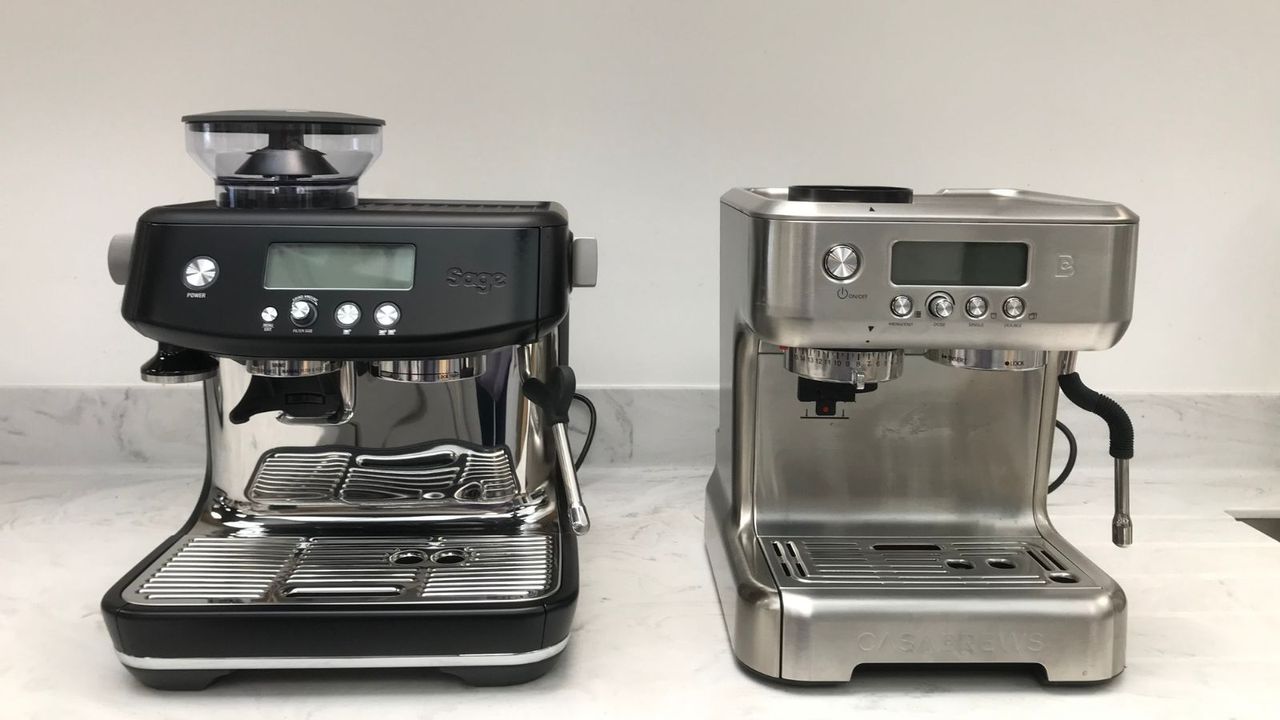
When you’re looking to buy a coffee maker, it’s easy to get lost in technical specs and coffee jargon before you’ve even had your first sip. The world of coffee is passionate and enthusiastic – which is fantastic for connoisseurs, but it can feel overwhelming if you’re just starting out.
At Homes & Gardens, we’ve developed a barista-approved process for testing the best coffee makers. Our tests are standardized across each machine, so that we can compare all of the products against each other, without bias. If we think a machine is good enough, it’ll go onto our best espresso machine, best French press, or our highly acclaimed best non-toxic coffee maker list.
If you're keen to see behind the scenes of what goes on when we test coffee makers, here's all you need to know.
How We Choose Coffee Makers to Test

This is where it all begins. As Kitchen Appliances Editor, I research the market's hottest coffee machine launches and order them to our test kitchen (and sometimes, our tester's homes) so we can trial their claims.
I choose to examine coffee machines from a range of brands and price points, because no two coffee drinkers are the same. I am always looking for new products, innovative features, and useful updates to classic models.
We pride ourselves on our editorial independence. We judge coffee machines purely on their performance and would never accept money to promote a bad coffee machine. If we love a product, you’ll know about it and you’ll also know that it’s genuine.
Brewing Performance
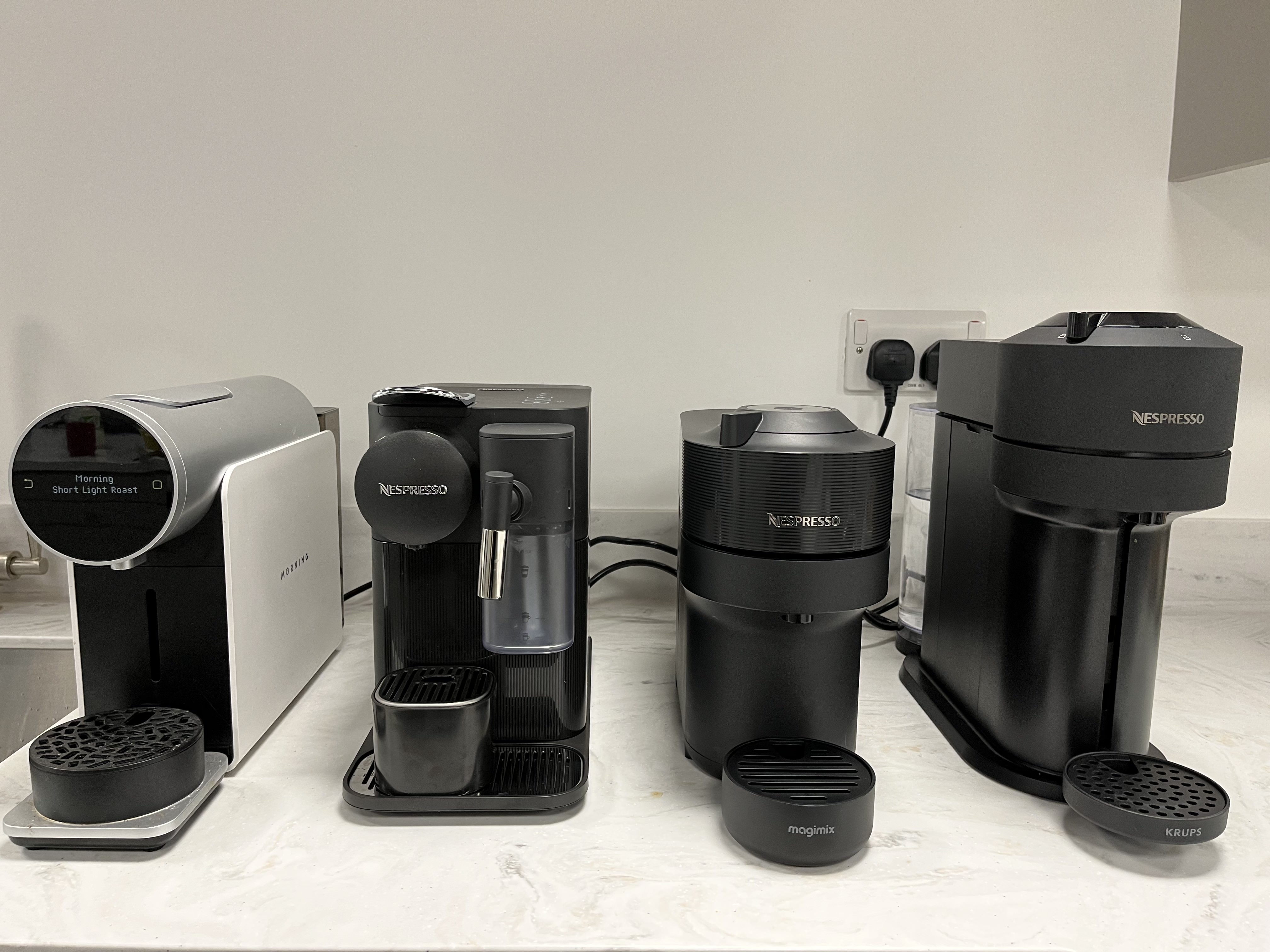
The trials start in our dedicated test kitchen or in our own homes. The test kitchen is a great place to line up coffee makers for head-to-head battles and standardized testing. Testing at home allows us see how these machines work in the real world, not just under perfect conditions.
Our team of expert appliance testers is made up of coffee connoisseurs. Together, we have a decade's worth of experience testing coffee makers, and dedicate time, effort, and lots of caffeine into putting every coffee machine through its paces.
Our process was devised by barista Laura Honey, who has since moved to our sister site, Woman & Home. All the appliances start at the same point. We challenge them to make the perfect espresso, a simple Americano, and a creamy cappuccino.
If they have extra features and claims, we make thorough notes to ensure that all bases are covered by our test team. The average drinker can taste good or bad coffee, but we know that a really good coffee is subjective. We will assess the qualitative taste and smell of coffee produced by a coffee maker, but we look for quantitative measures, too. We test the temperature, time, and amount of coffee made by each machine so that we minimize how much our personal preference will affect a coffee machine’s ranking.
How We Test Espressos
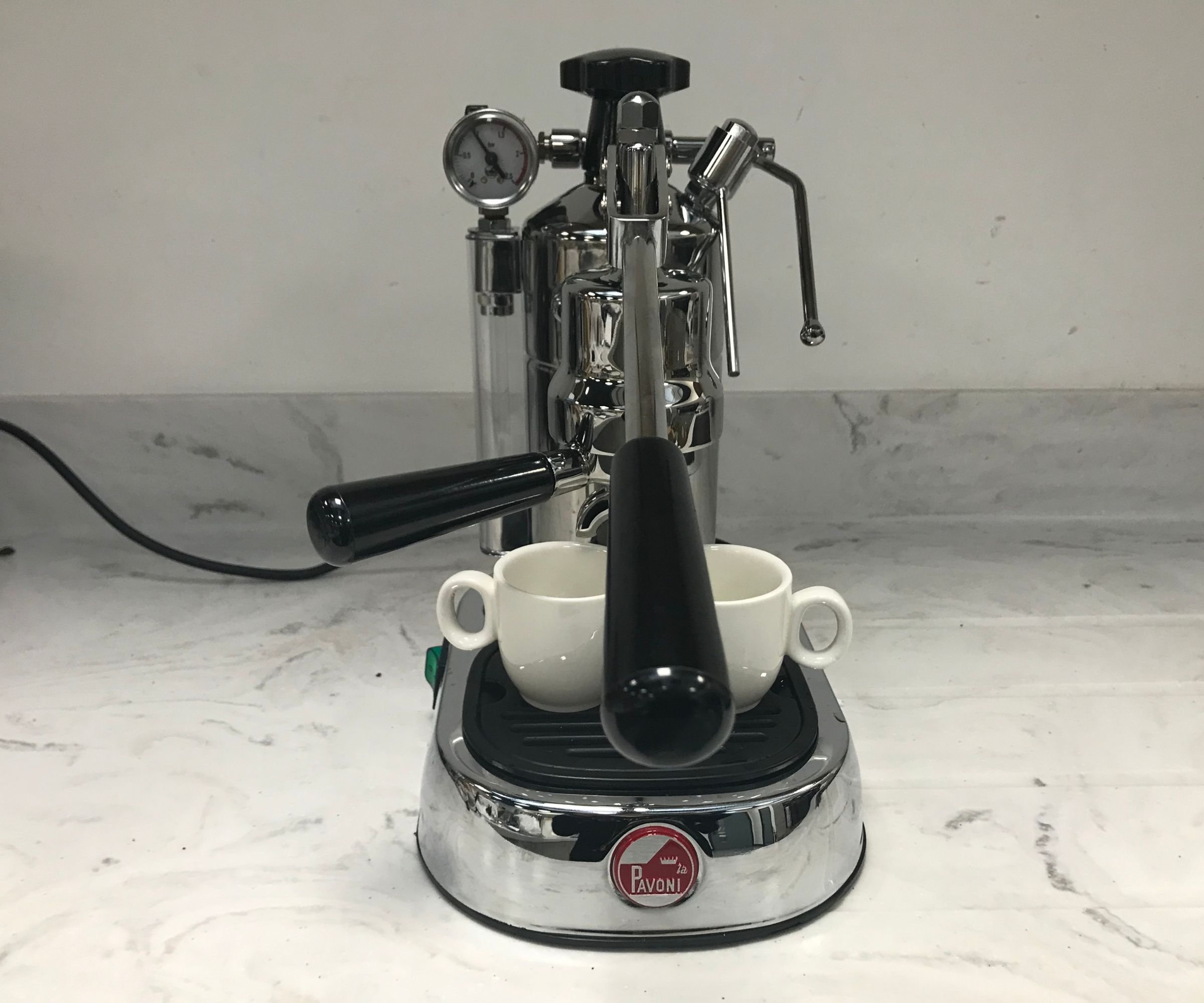

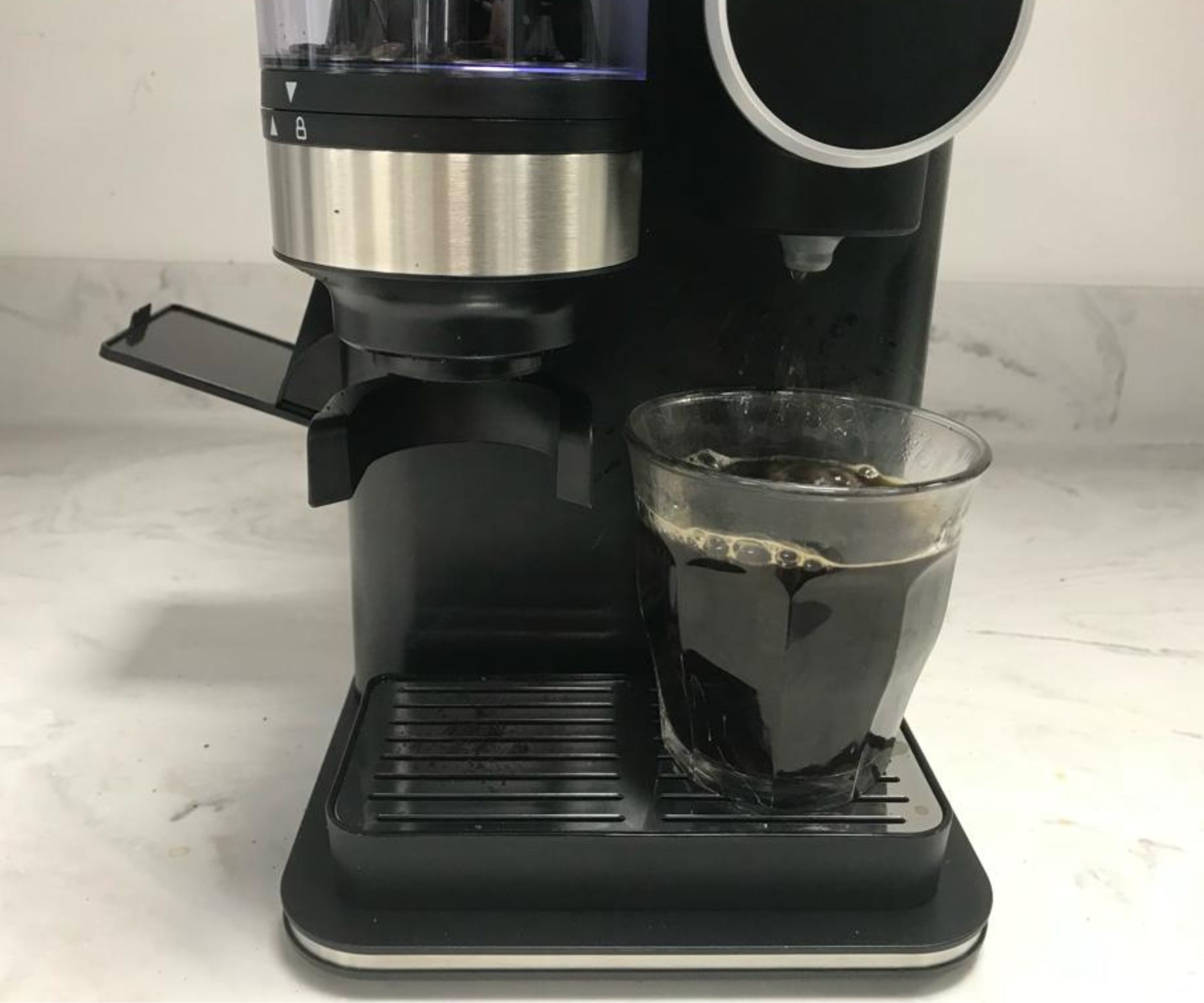
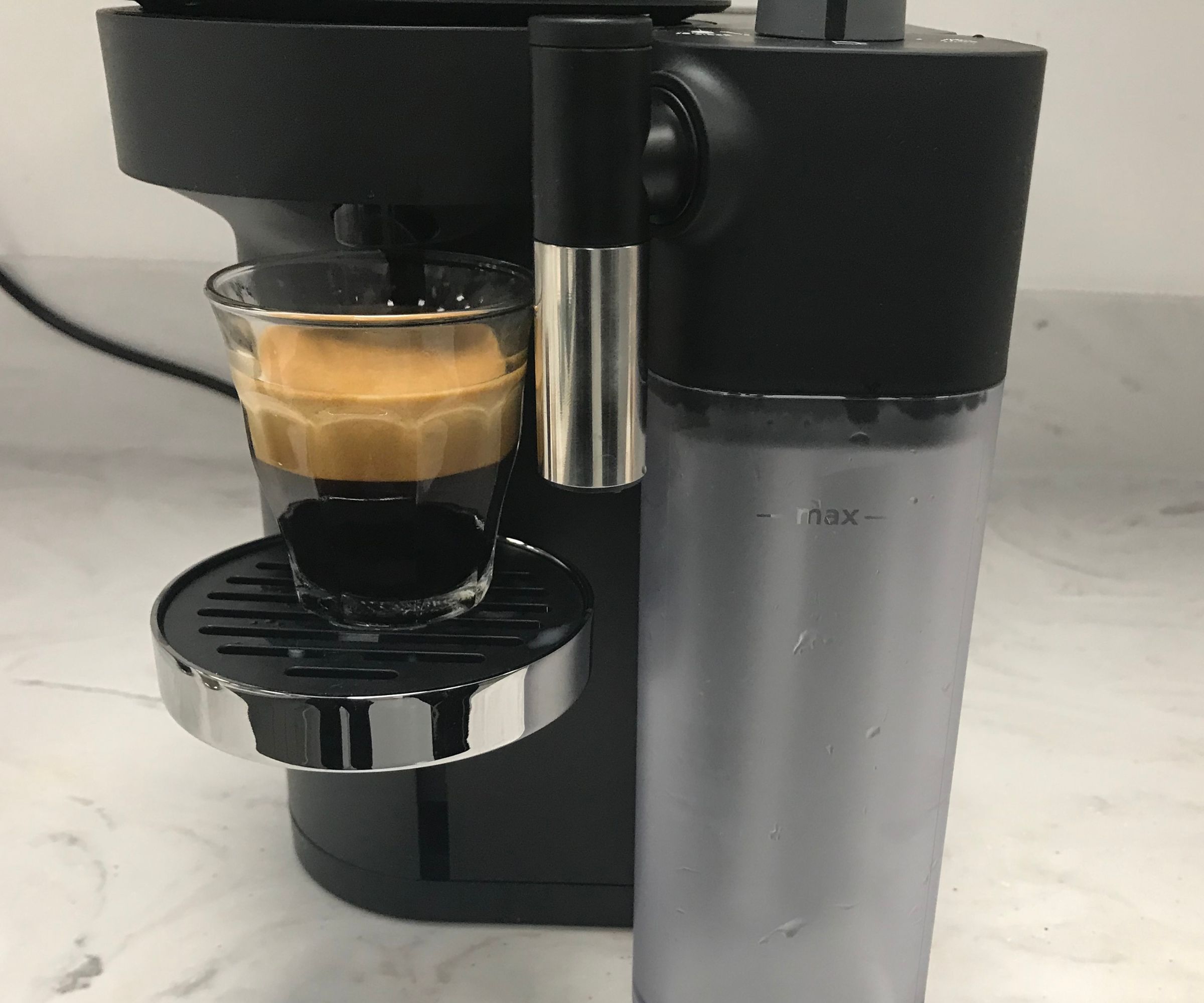
This is the heart and soul of coffee, so it’s a good place to start. Most coffee makers should be able to make a good espresso and they should make it easy for you to know how to make an espresso, too. If a manufacturer recommends a specific type of coffee or pod, we will use them.
In Italian, espresso is linked to the idea of speed. It should be made quickly and drunk quickly, before the crema has time to disappear. With this in mind, we want our espresso to be between 149 and 160 degrees Fahrenheit. If it’s too warm, it will burn our mouths. If it’s too cold, we won’t get the aromatic oils from the coffee beans.
Appearance-wise, we want to see a rich crema that’s hazelnut-colored. It should be thick and almost oily. The crema comes from pushing hot water at a high pressure, through the coffee grounds. The process produces smooth bubbles of coffee bean oils, which are the crema. If this is on your espresso, it indicates that your coffee is good quality and that the machine is properly brewing your coffee.
How We Test Americanos
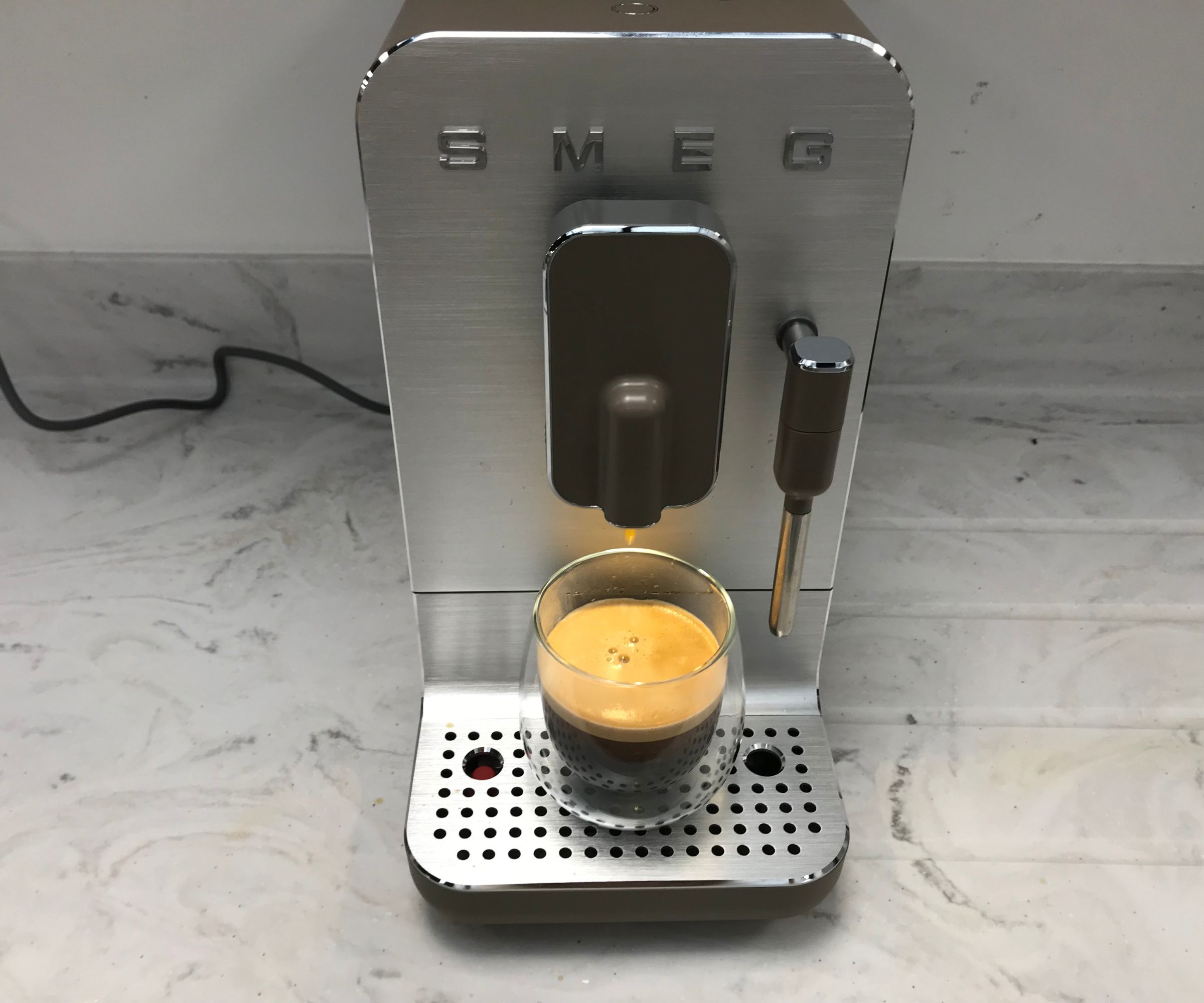

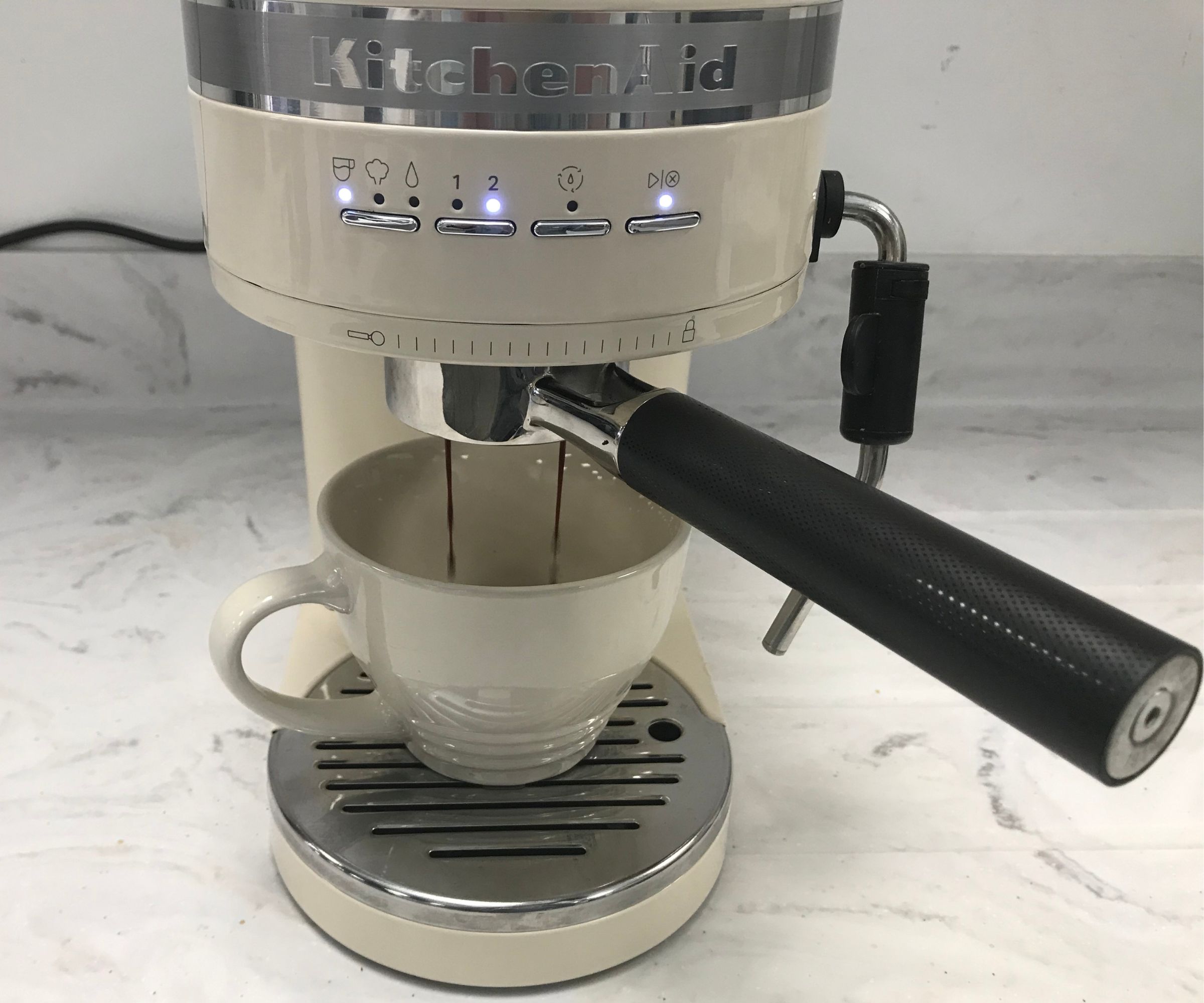
‘Just a coffee-coffee’, Americanos are very simple to make (our in-house barista has written an easy step-by-step guide to making an Americano here). They’re traditional, basic, and another great indicator of quality; there’s nothing to hide behind.
Whether it’s the best Aeropress or a fancy coffee machine, you should be able to get a good Americano.
A good Americano should have crema on top and be a deep caramel color. The water added to your Americano should be around 200 degrees Fahrenheit, so that it doesn’t burn your espresso, but doesn’t cool it too much either.
How We Test Cappuccinos

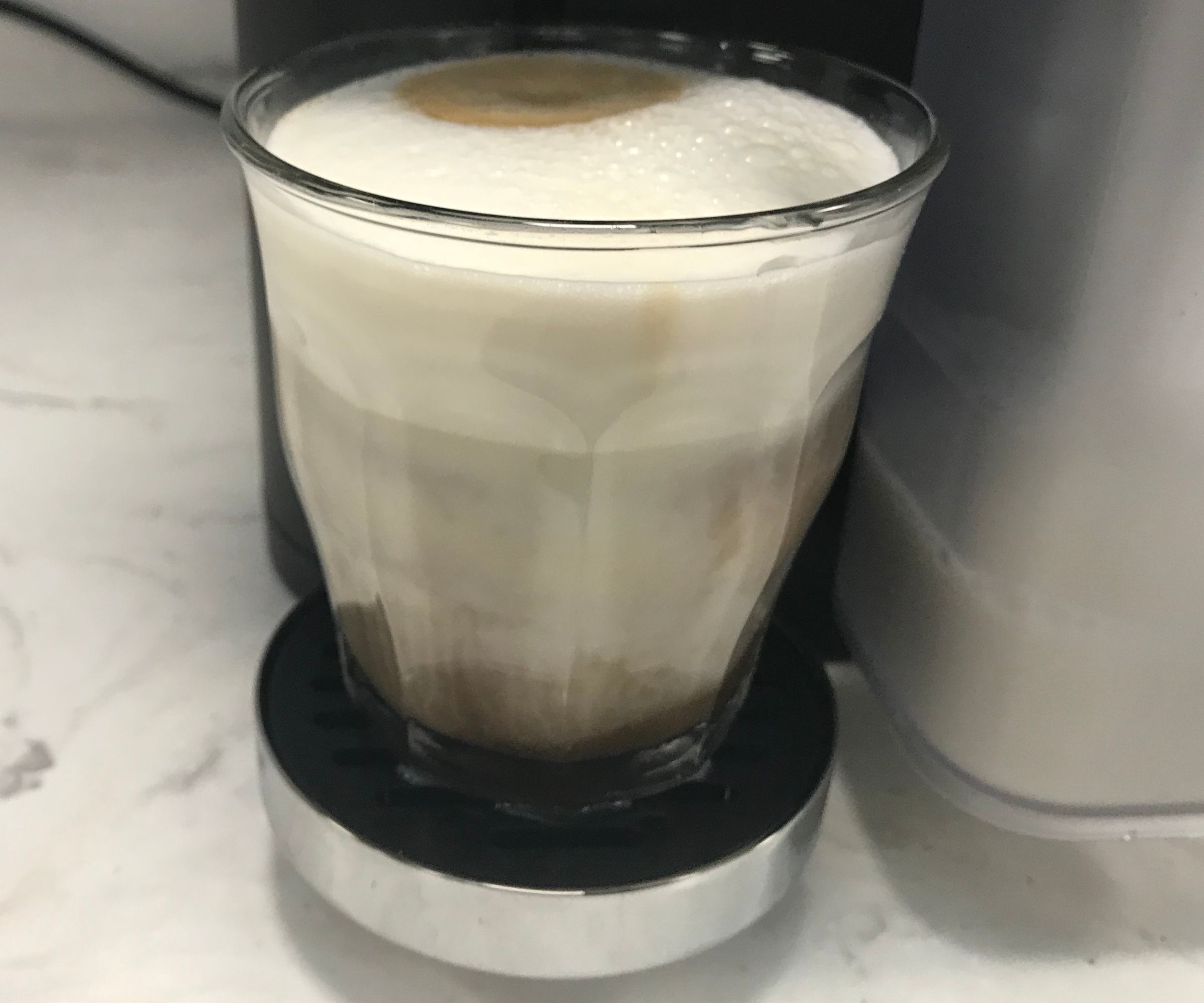
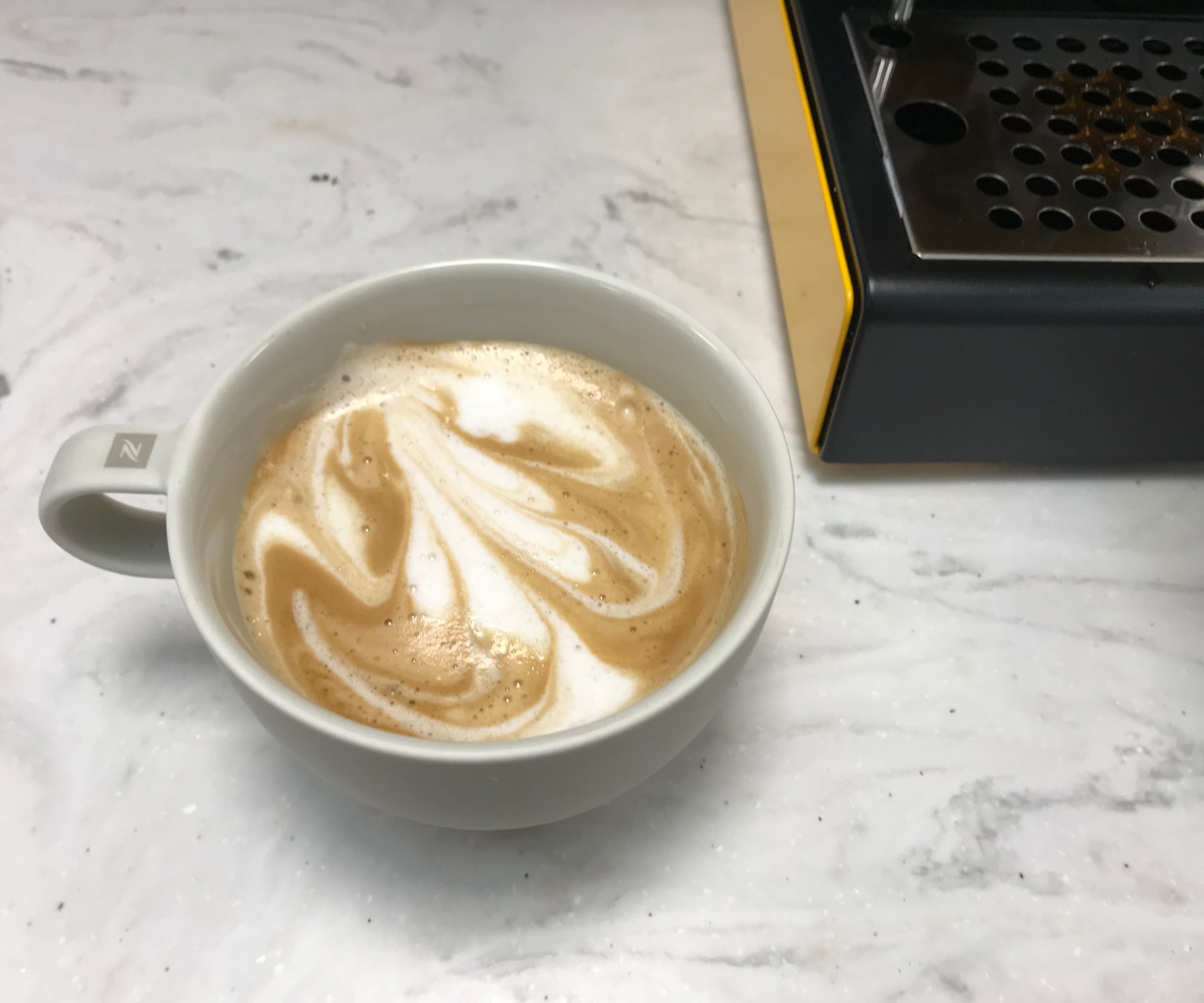
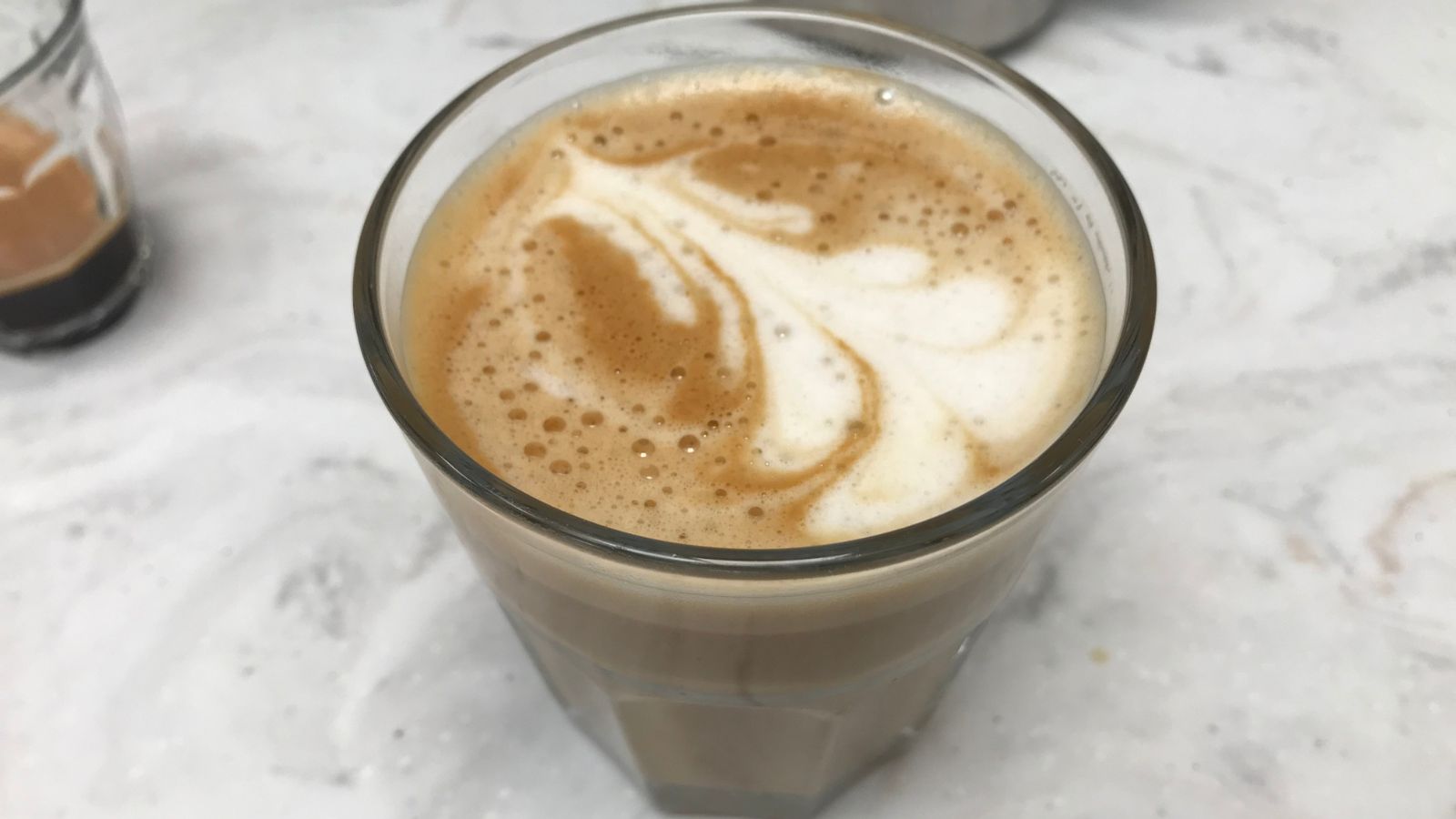
If a machine has milk-frothing capabilities, the cappuccino will test these the best. There are different ways to make a cappuccino, all of which are dependent on the type of coffee maker you buy. Essentially, we want a cappuccino to be at least one-third foam. The foam head needs to be thick, glossy, and firm. That way, it will be smooth to drink. We want the coffee to be 149-185 degrees, again, for drinkability.
If the machine foams and integrates your milk into the coffee, we are looking for a seamless blend. We don’t want plain milk and strong coffee; it should be more gradual. We make two of every coffee type to make sure that the machine is consistent.
Special Features
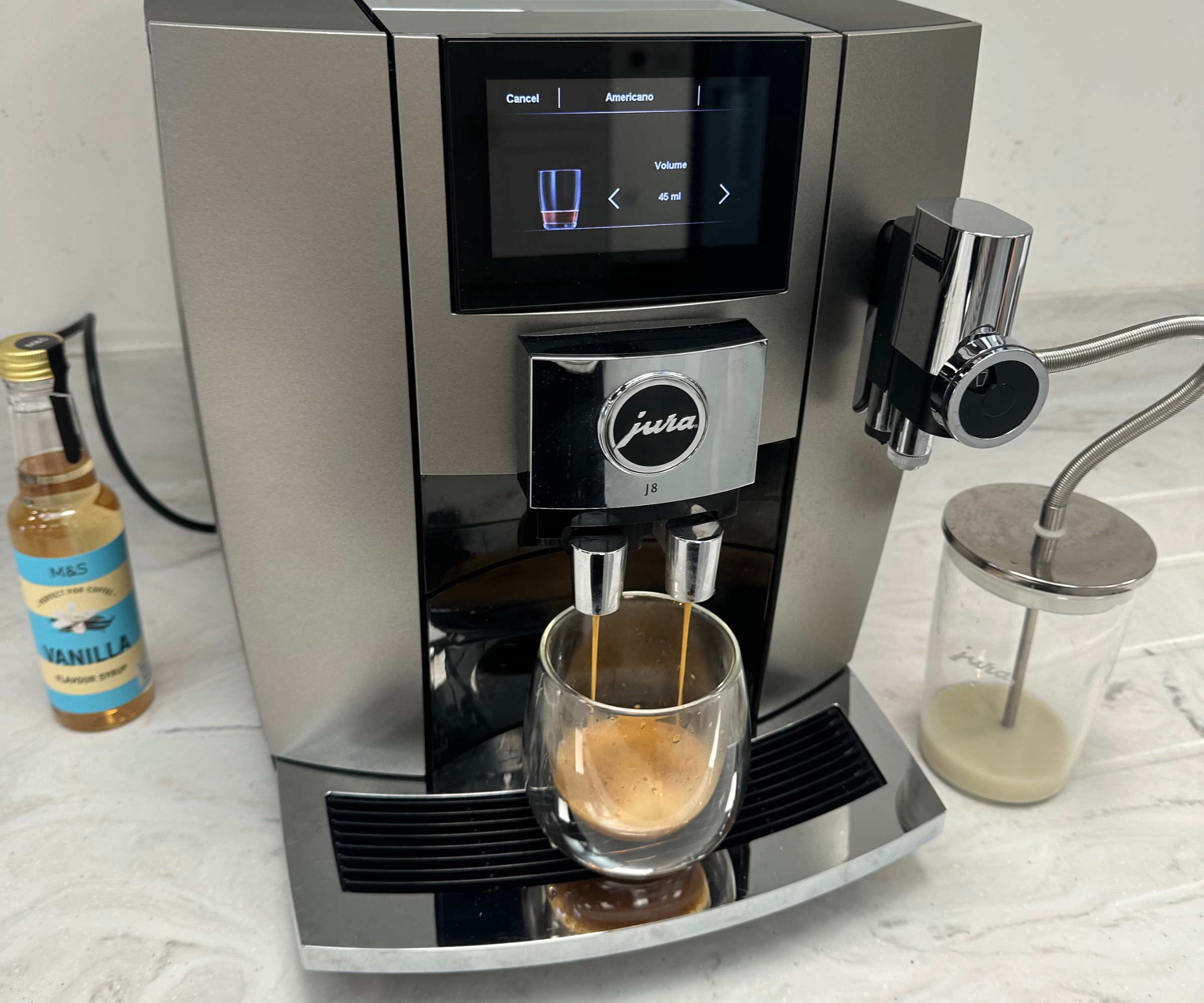
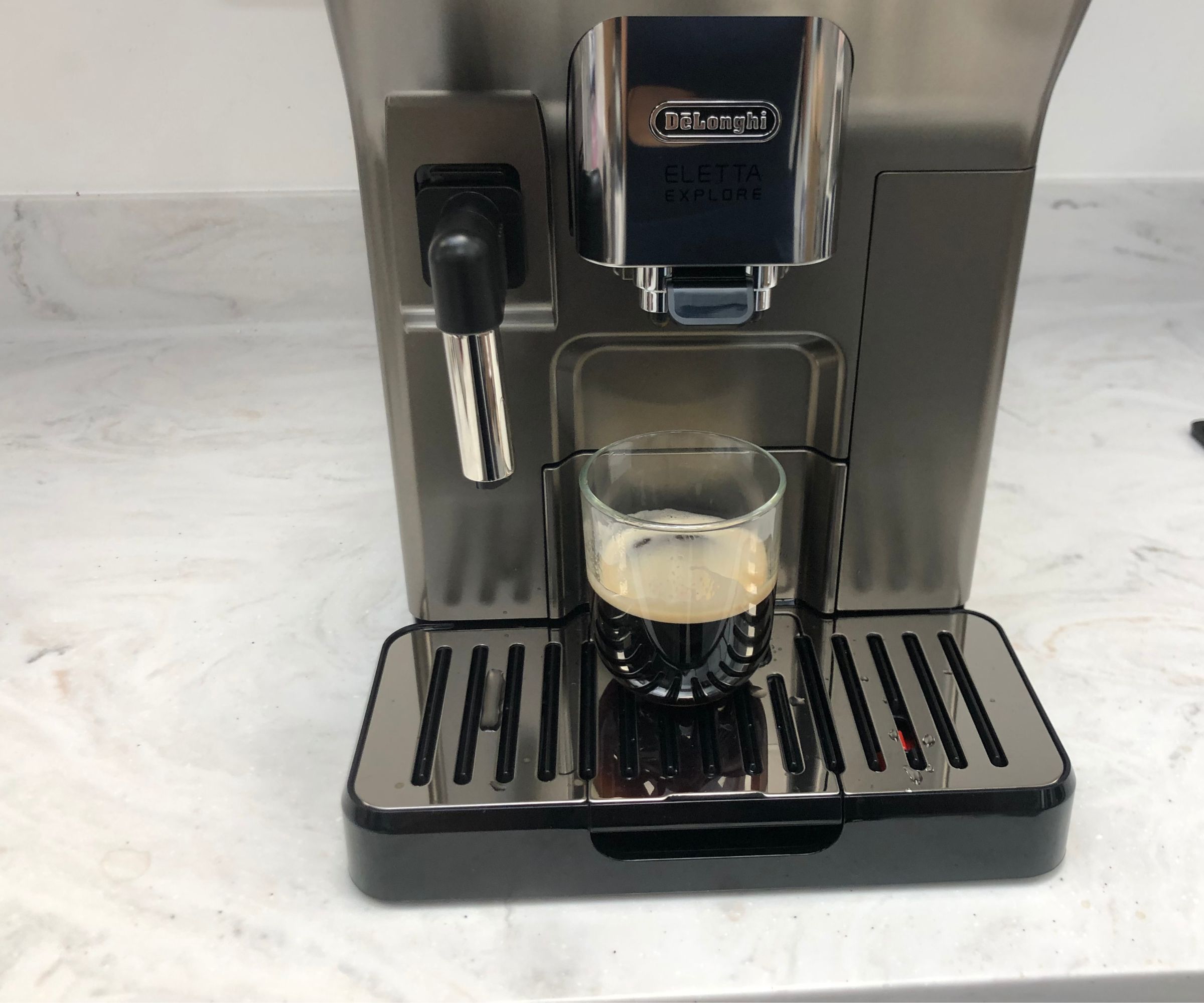
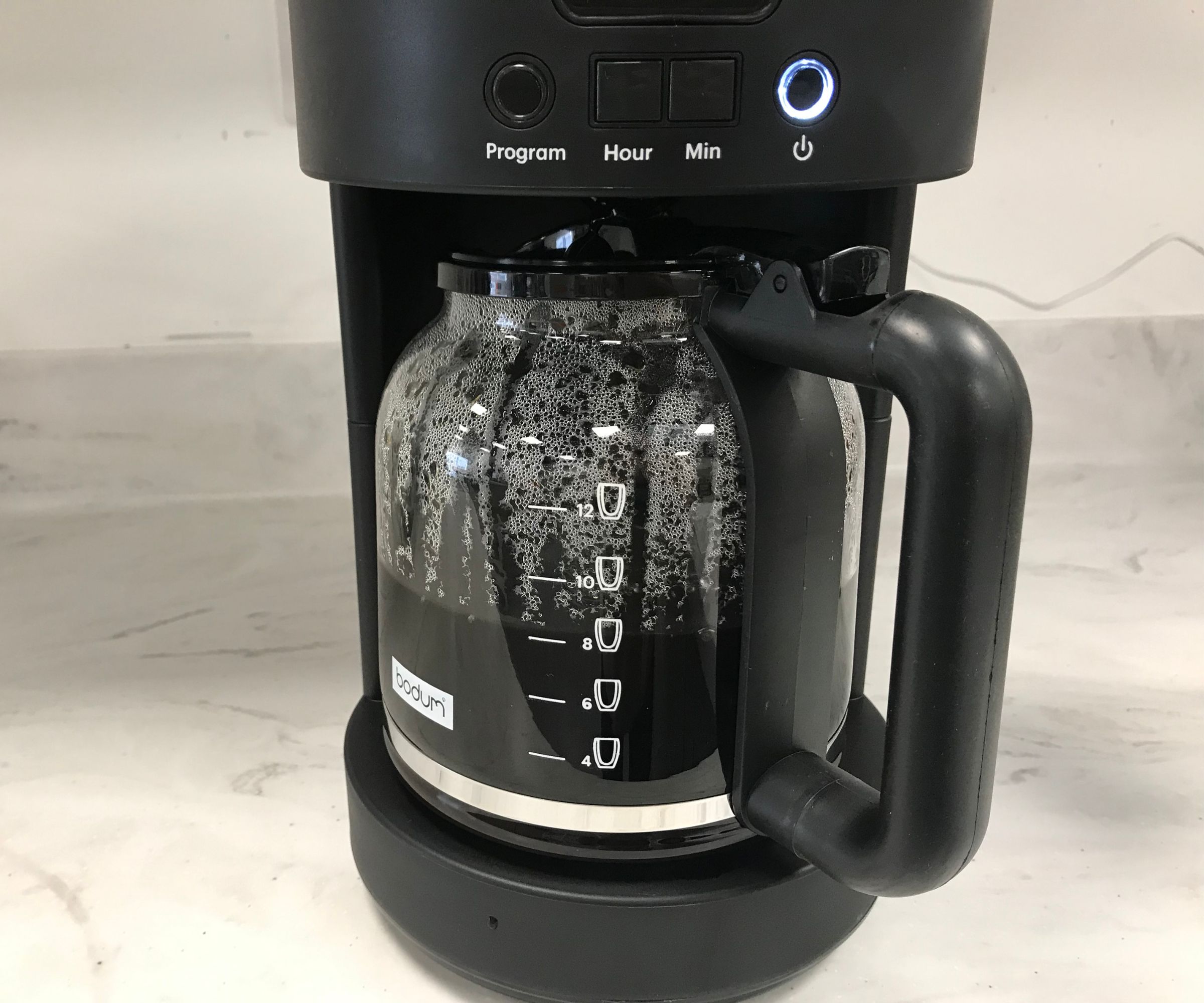

If a coffee maker has extra settings, we always test these. This might range from personalized coffee blends, to smart features, to self-cleaning methods. These features are often the deciding factor in which appliance you buy, so we want to make sure that they’ve been thoroughly tested.
How We Test Cleaning
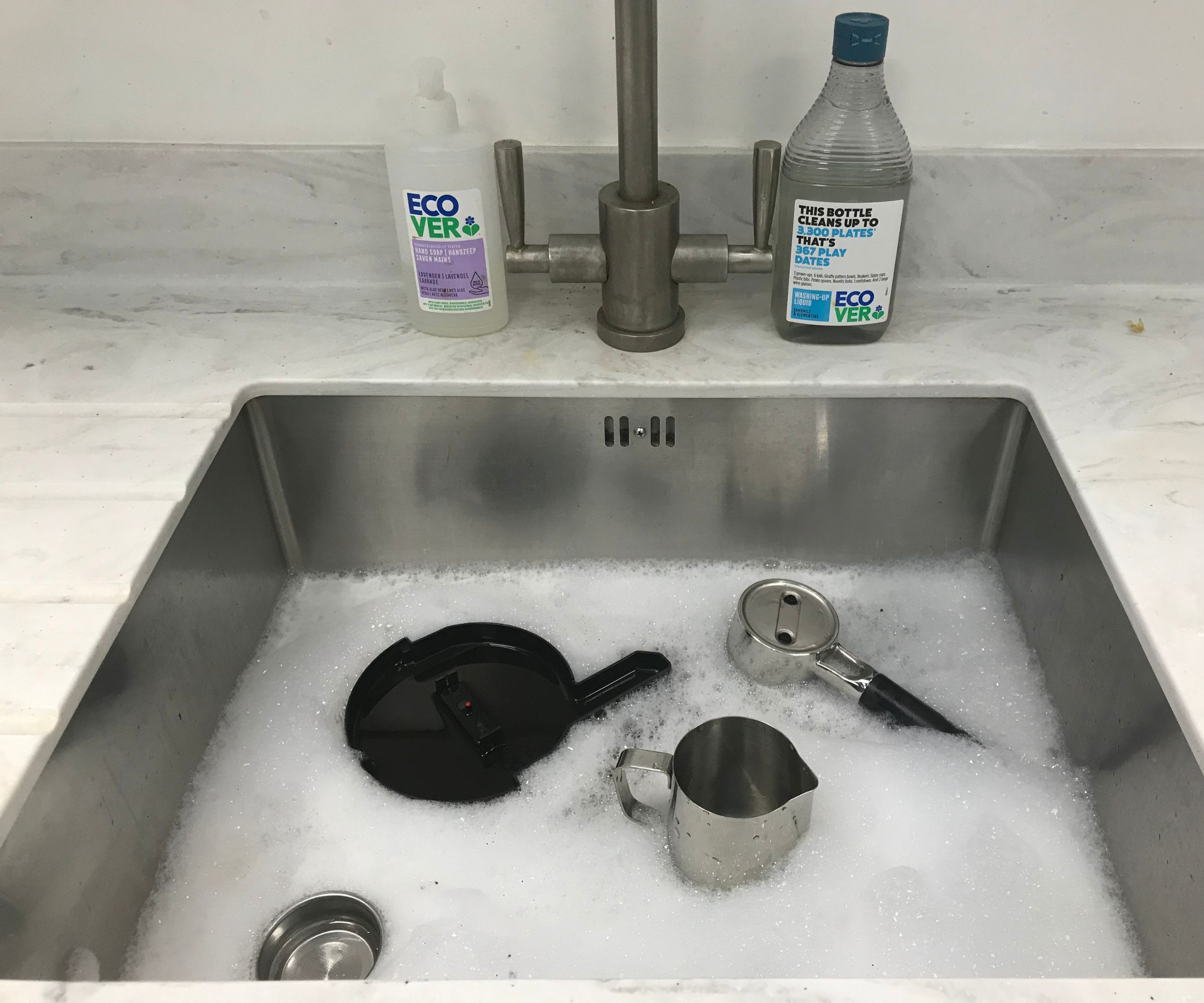
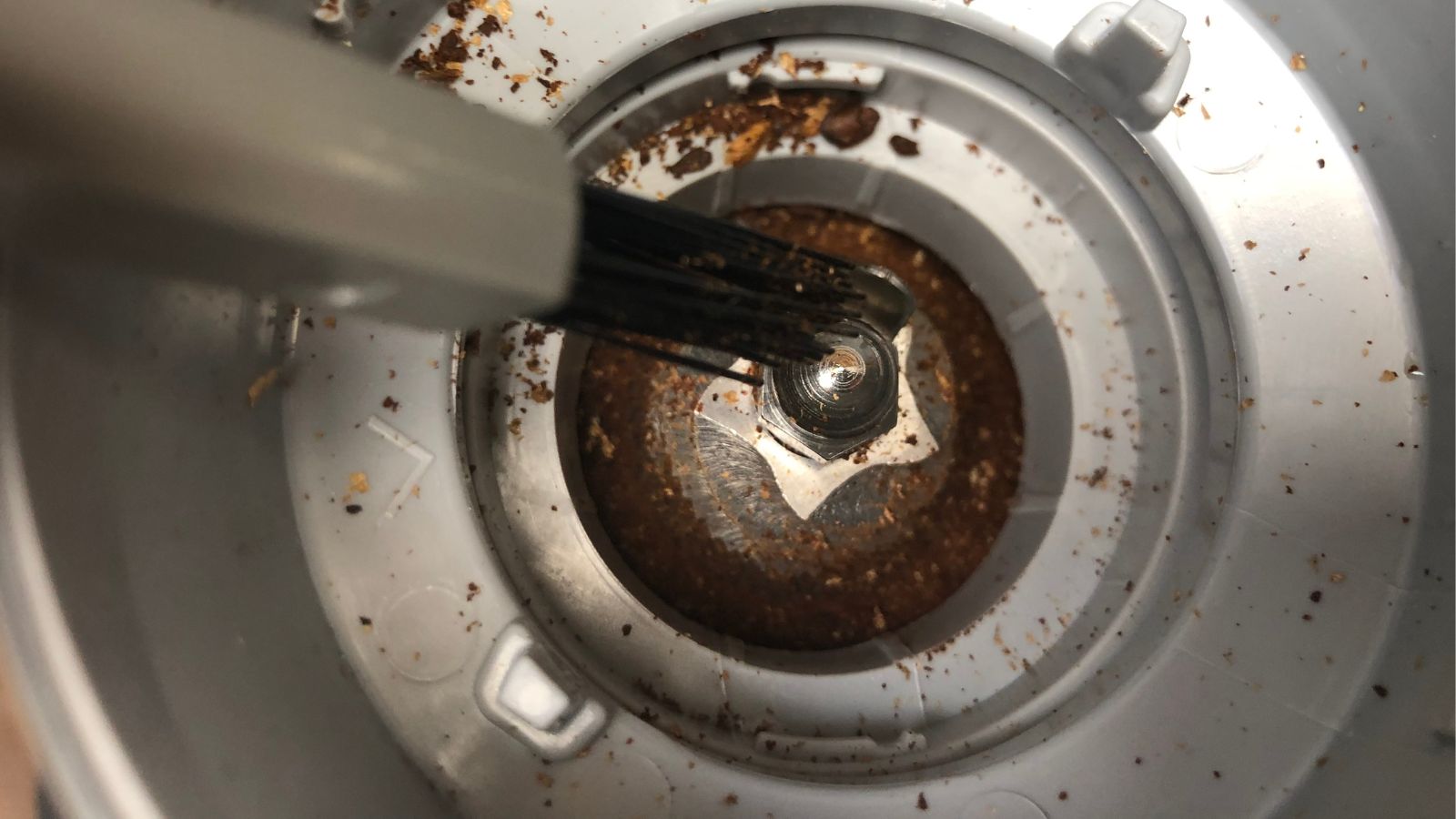
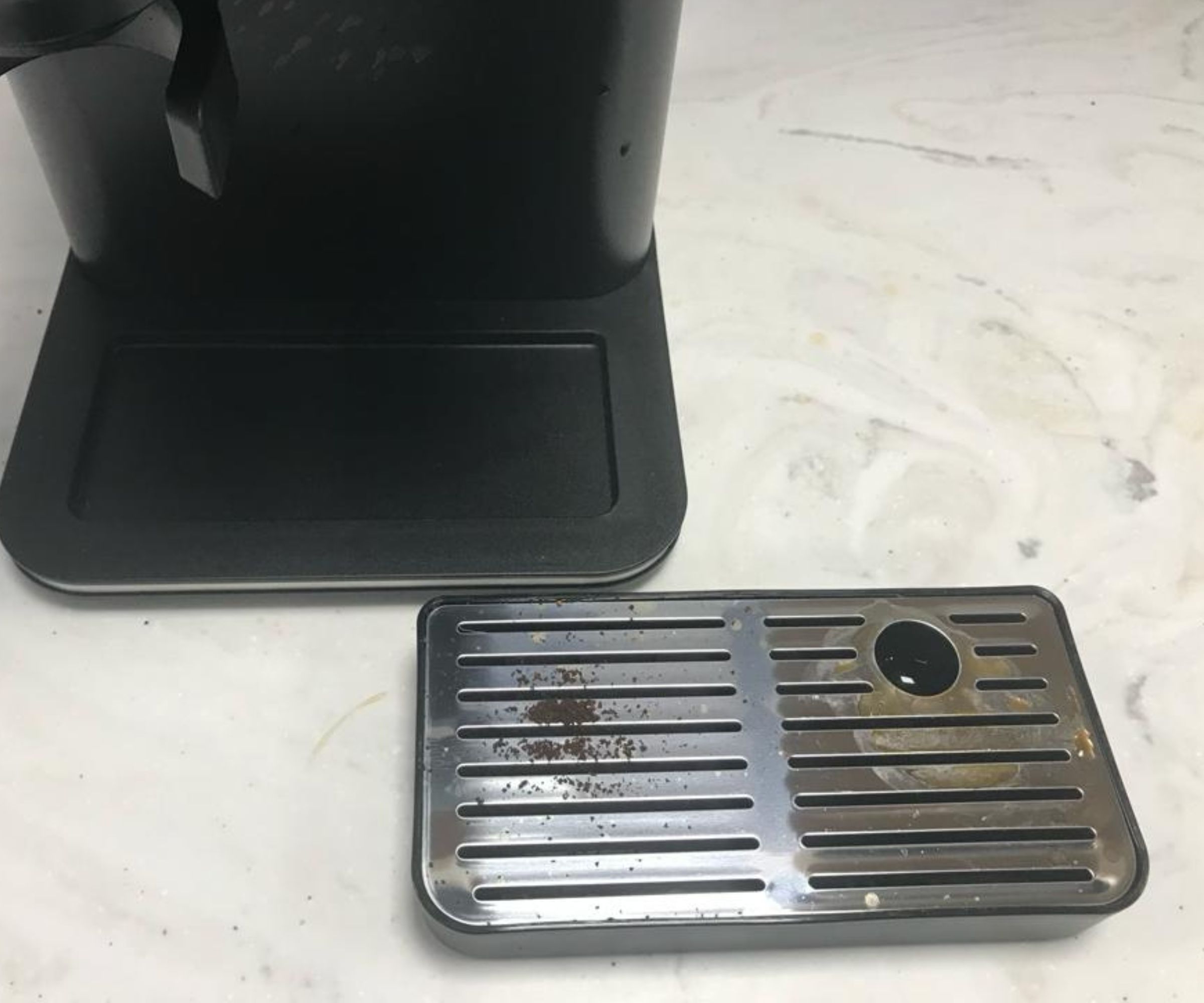
How you clean your coffee maker is as important as how easy it is to use. In our test kitchen, the machines will get some wear. We clean them as you would be expected in your daily routine. This is a good opportunity to find the fiddly, messy, or awkward aspects of any machine.
We’ll find out whether the drip tray leaks, the filter needs a screwdriver to access, or whether it makes any alarming beeping sounds. We also check whether any aspects are dishwasher-safe too.
Value for Money

Lots of people ask us about price and value for money. One of the most common questions we are faced with is 'why are espresso machines so expensive?'. It's a reasonable ask, which is why we make sure to dive into the details every time we review a coffee maker.
We will look at the cost, warranty, and performance of the coffee maker. If the coffee maker performs fantastically and has a lower price point, it’s perfect. If we feel it’s over-priced, we will note this and take it into account when ranking the best coffee machines. If the machine feels cheap, or doesn’t perform well, we will also take note so that you don’t end up disappointed with the final product.
How We Give Our Verdict
At this point, our espresso experts will have had a lot of coffee. As a result, they have a lot of first-hand experience, plenty to say, and maybe some coffee jitters.
After adding up the scores, we can place this appliance in its appropriate buying guide, or leave it out if it hasn’t made the grade. They’ll advise who this would suit, and who it wouldn’t, and suggest other appliances that you might consider instead. All of this is based on our personal experience and expertise. If you’re unsure on the coffee maker, then our buying guide how to choose the best coffee maker will help you hone in on the right machine for you.







